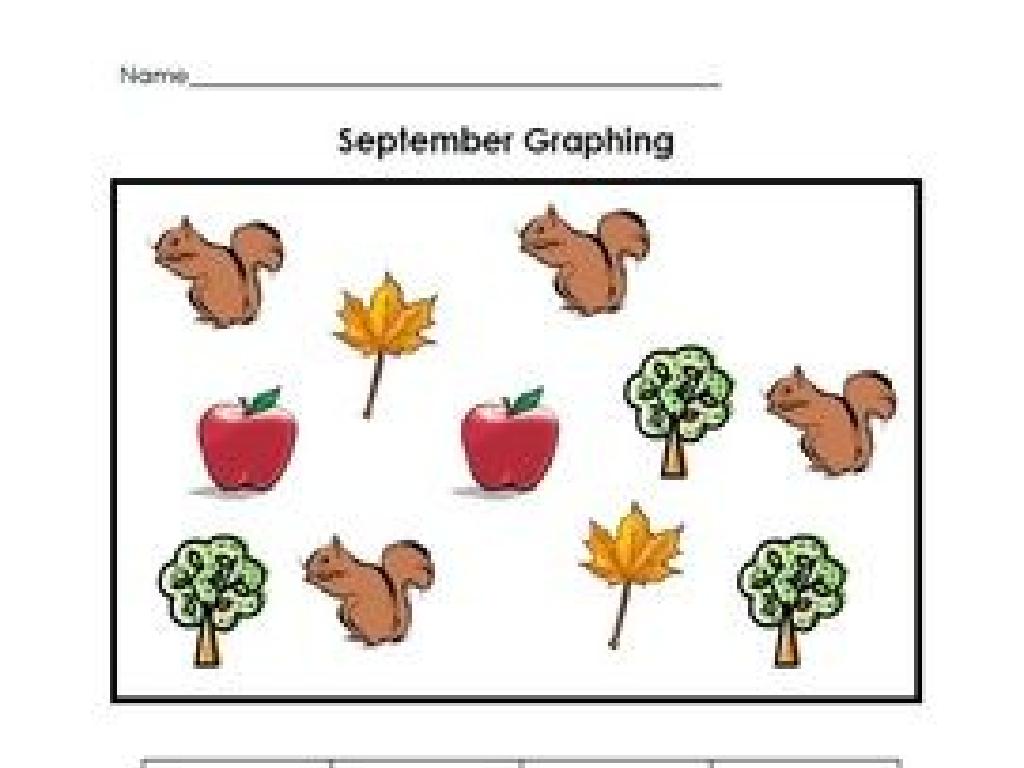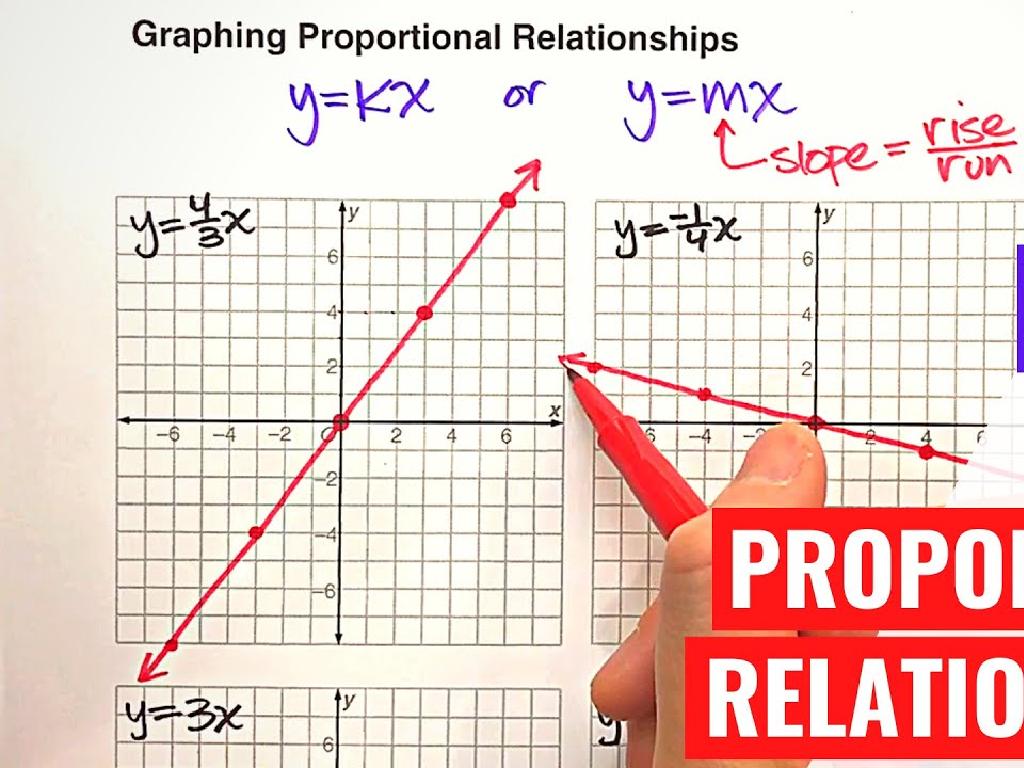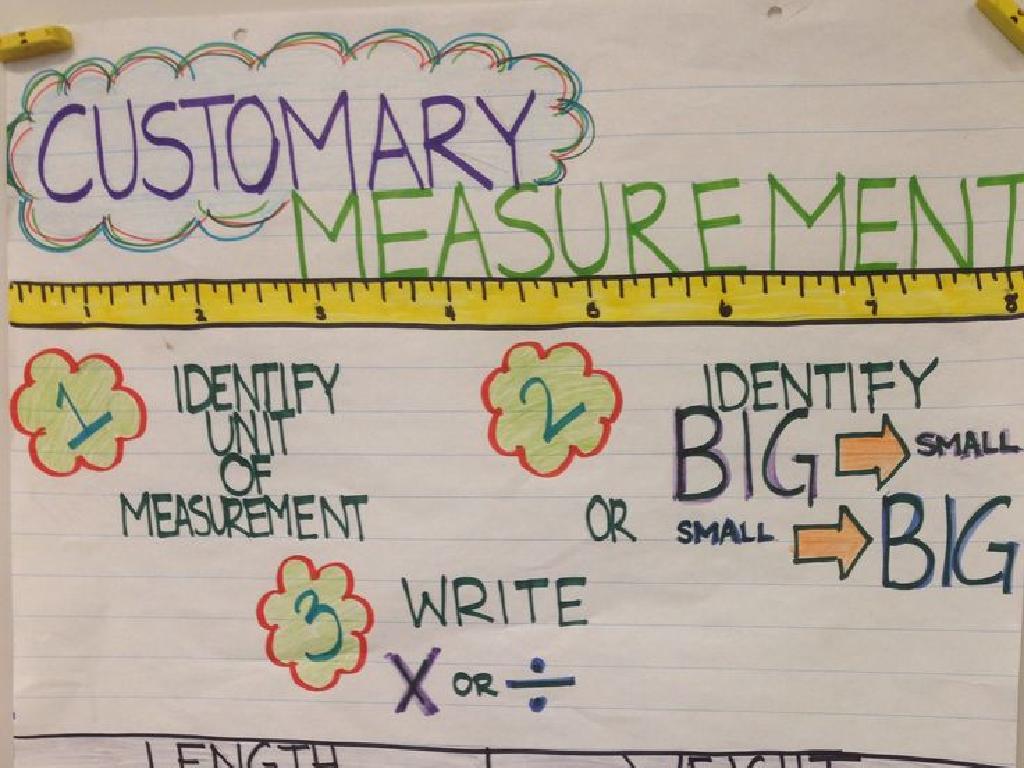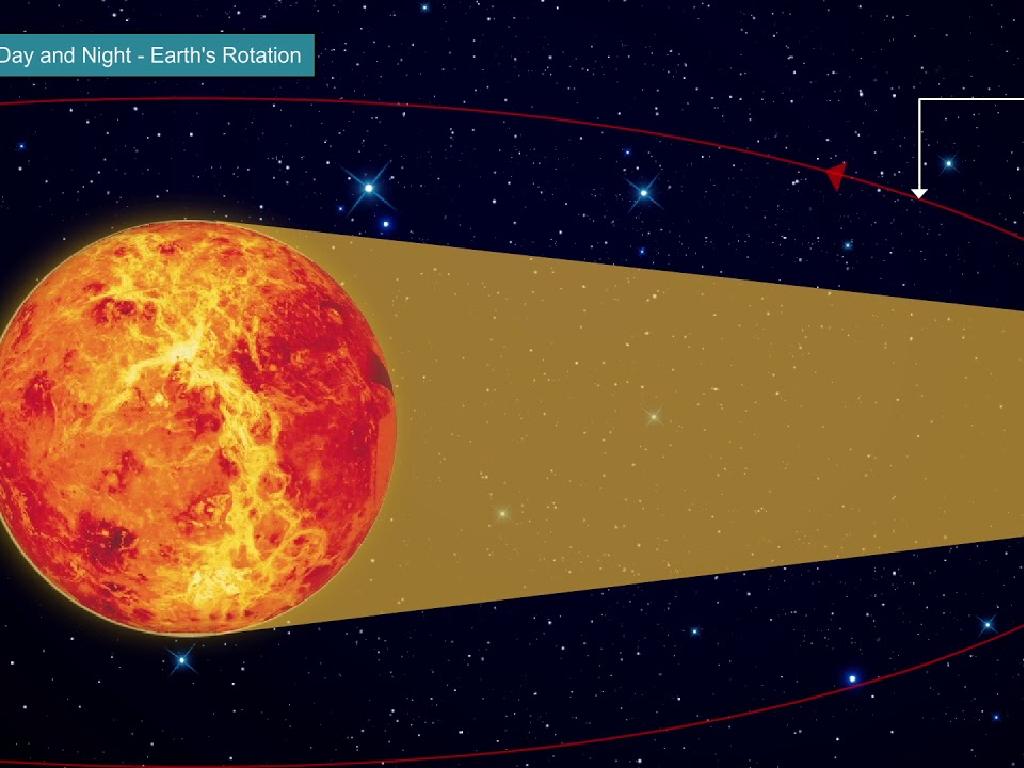Label Magnets That Attract Or Repel
Subject: Science
Grade: Fifth grade
Topic: Magnets
Please LOG IN to download the presentation. Access is available to registered users only.
View More Content
Welcome to the World of Magnets!
– What are magnets?
– Materials that create magnetic fields
– Attraction vs. Repulsion
– Magnets pull or push on each other
– Magnets in everyday life
– Fridge magnets, compasses, and maglev trains
– Conducting a magnet experiment
– Test which objects are magnetic at home
|
Begin the lesson by explaining that magnets are objects that produce an area of magnetic force called a magnetic field. Introduce the concepts of attraction (magnets pulling toward each other) and repulsion (magnets pushing away from each other). Provide relatable examples such as refrigerator magnets, compass needles pointing north due to Earth’s magnetic field, and maglev trains that use magnets to levitate and move without friction. Encourage students to explore magnetism at home by testing various objects with a magnet to see which are magnetic. This hands-on activity will help solidify their understanding of magnetic properties. Remember to remind students about safety and not to use strong magnets near electronic devices.
What Makes a Magnet?
– Explore magnetic fields
– Invisible force field around a magnet, has north and south poles
– Natural vs. artificial magnets
– Natural magnets found in earth, artificial made by humans
– Magnetizable materials
– Iron, nickel, and cobalt can be turned into magnets
– Understanding magnetism
|
Begin the lesson by explaining that magnets have an invisible area called a magnetic field responsible for the force they exert. Introduce the concept of magnetic poles, where the magnetic force is strongest. Differentiate between natural magnets, which are found in nature, and artificial magnets, which are created by people. Discuss which materials can be magnetized, focusing on iron, nickel, and cobalt, and explain that not all materials can become magnets. Use visual aids to help students visualize magnetic fields and poles. Conduct a simple classroom experiment to demonstrate magnetization by stroking a piece of iron with a magnet. This will help students understand the practical aspects of magnetism.
Attract or Repel? Exploring Magnet Poles
– Identify magnet poles
– Magnets have two poles: north and south.
– Opposite poles attract
– North and south poles pull towards each other.
– Like poles repel
– Two norths or two souths push away from each other.
– Magnetic interactions
|
Begin the lesson by explaining that all magnets have two poles, known as the north pole and the south pole. Use visuals to help students identify these poles on different types of magnets. Discuss how opposite poles attract, meaning that a north pole will be drawn towards a south pole, which is why magnets stick to certain metal objects or to each other. Then, explain that like poles repel, so two north poles or two south poles will push away from each other. Demonstrate this with actual magnets to give students a clear understanding of magnetic interactions. Encourage students to predict what will happen when different poles are placed near each other before revealing the outcome.
Labeling Magnets: Attraction and Repulsion
– Identify magnet poles
– Magnets have a North (N) and South (S) pole.
– Predict magnet interactions
– Opposite poles attract, like poles repel each other.
– Explore fridge magnets
– Fridge magnets stick due to attraction to the metal door.
– Discuss compass & maglev trains
– Compass needle aligns with Earth’s magnetic field; maglev trains use magnets to levitate and move.
|
This slide introduces students to the basic properties of magnets, focusing on identifying and labeling the poles, and understanding how these poles interact with each other. Students will learn that opposite poles attract while like poles repel. They will apply this knowledge to everyday objects such as fridge magnets, which adhere to the refrigerator door due to magnetic attraction. Additionally, they will explore how a compass works, with its needle aligning with the Earth’s magnetic field, and how maglev trains use magnetic repulsion to levitate above the tracks, reducing friction and allowing for high-speed travel. Encourage students to bring their own examples and to experiment with magnets to see these principles in action.
Hands-On Experiment: Magnet Interactions
– Class activity: Test magnet interactions
– Materials: Bar magnets, clips, iron filings
– Procedure: Observe magnet pole effects
– Bring magnets close to see attract or repel
– Record observations of attraction/repulsion
– Note which poles attract or repel each other
|
This slide introduces a hands-on class activity where students will explore the fundamental properties of magnets, specifically attraction and repulsion. Provide each student or group with bar magnets, paper clips, and iron filings. Guide them to observe how the different poles of the magnets interact with each other and with the iron filings. They should note that opposite poles attract, while like poles repel. Have them record their observations, which will be discussed in the next class. Possible variations of the activity could include using different materials to test magnetic properties, changing the distance between magnets, or mapping magnetic fields with iron filings on paper.
Magnets: Attraction and Repulsion Recap
– Review magnet attraction/repulsion
– Magnets attract when opposite poles face each other and repel when like poles do.
– Magnets in daily life
– Used in fridges, compasses, and more.
– Q&A session for doubts
– Summarize today’s learning
– Let’s recap what we’ve learned about magnets.
|
As we conclude today’s lesson, we’ll revisit the fundamental concepts of how magnets attract and repel each other, emphasizing that opposite poles attract while like poles repel. Highlight the role of magnets in various everyday objects and how they make our lives easier, such as in magnetic closures for bags, in motors, and in electronic devices. The Q&A session is crucial for addressing any lingering questions and ensuring that students have a solid understanding of the topic. Finally, summarize the key points of the lesson to reinforce learning and provide a clear overview of what has been covered regarding magnets.
Class Activity: Create Your Own Compass
– Magnetize a needle with a magnet
– Insert the needle into a cork
– Ensure the needle passes through the center for balance
– Float the cork in a bowl of water
– The cork acts as a buoyant platform for the needle
– Observe the needle aligning with Earth’s magnetic field
– The needle will point North-South due to Earth’s magnetism
|
This hands-on activity is designed to help students understand the interaction between a magnet and Earth’s magnetic field. Students will magnetize a needle by stroking it with a magnet, which aligns the iron atoms in the needle. They will then insert the needle into a slice of cork, which serves as a simple flotation device. When placed in water, the cork and needle will rotate until the needle aligns with Earth’s magnetic field, effectively creating a basic compass. This demonstrates how magnets can be used for navigation. For the activity, prepare different stations with the materials needed and guide the students through the steps. Encourage them to predict what will happen before the experiment and discuss the outcome afterwards. Possible variations of the activity could include using different magnetizing techniques or testing the compass in different locations.






